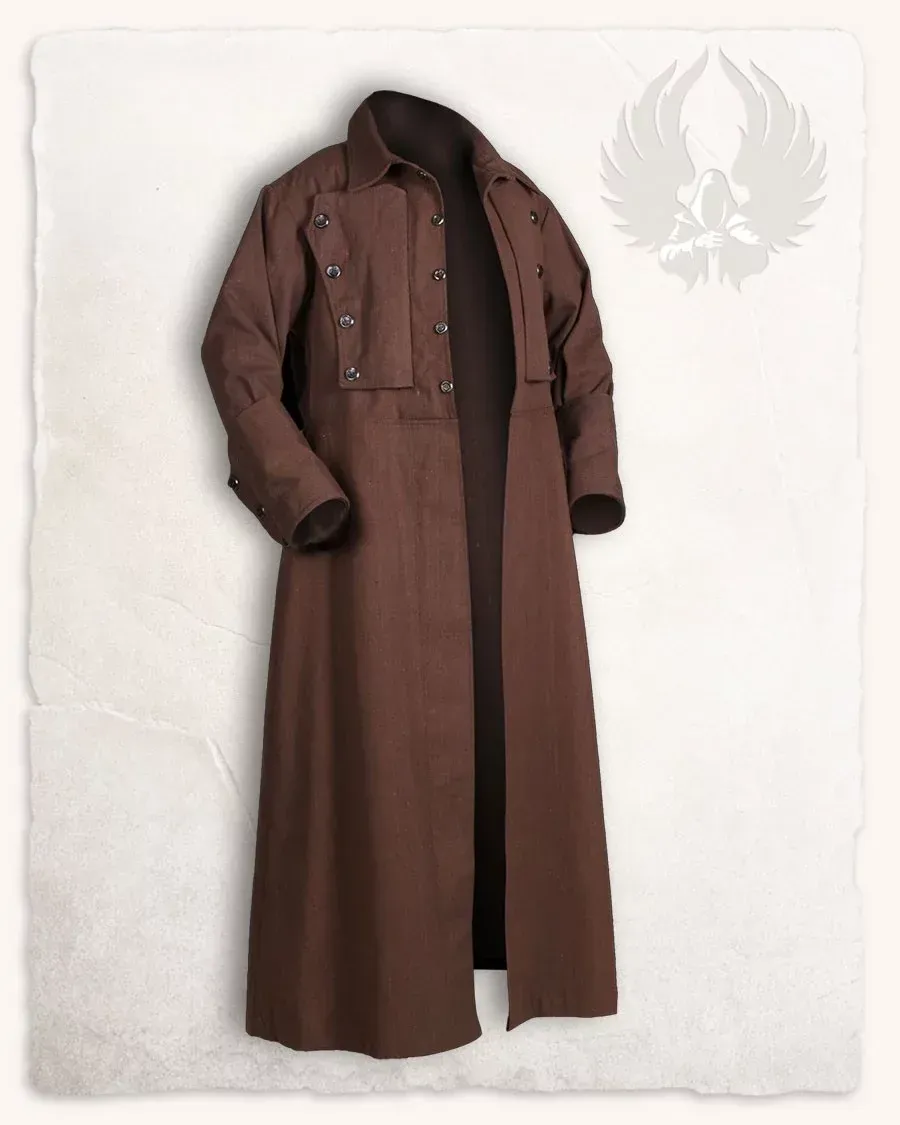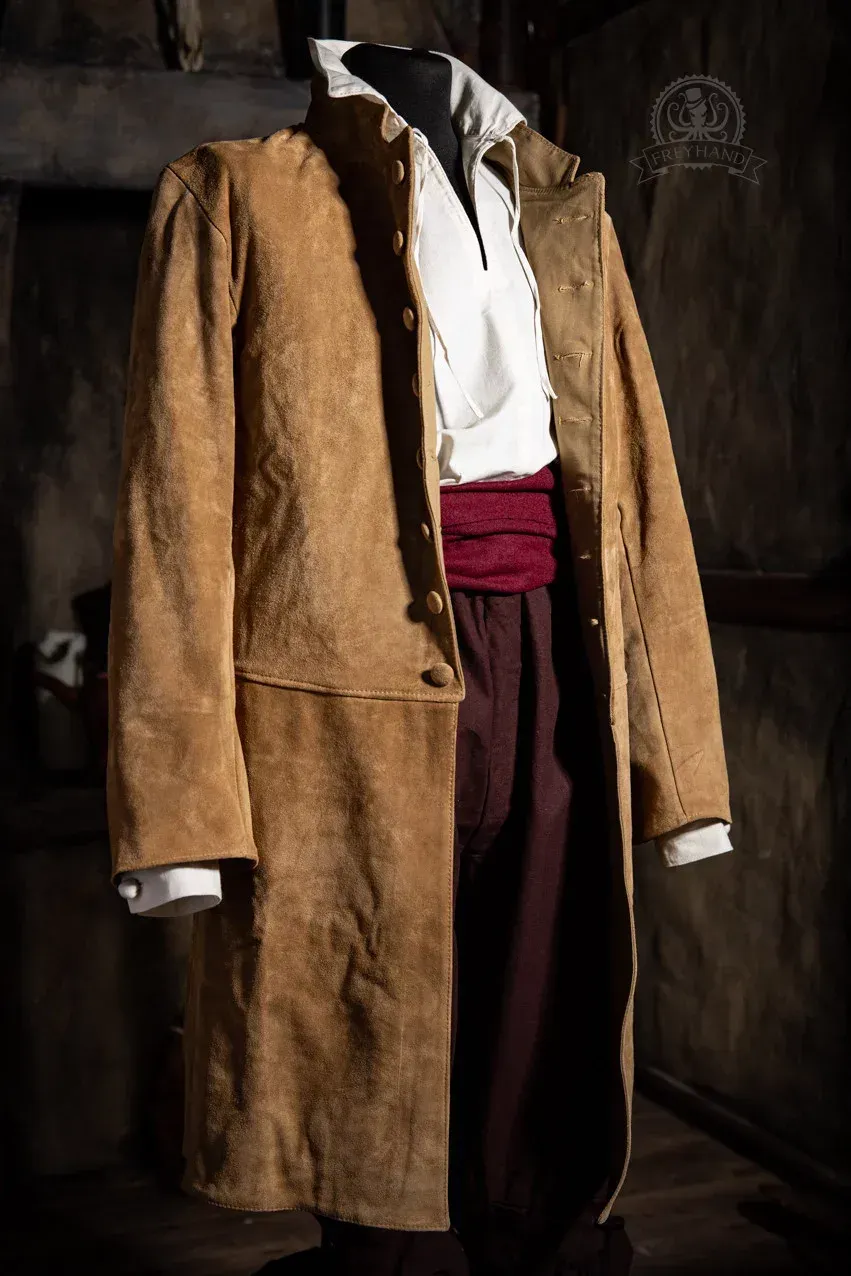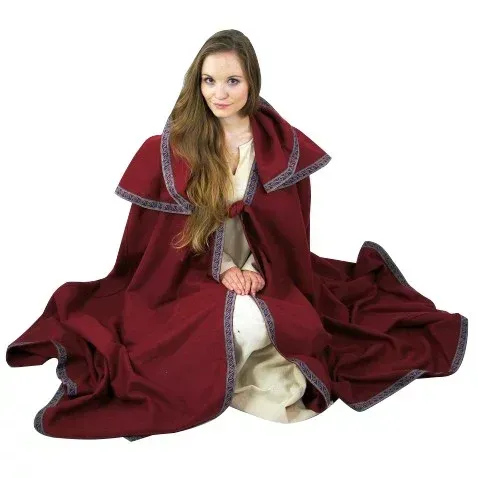What are the Overcoats?
The overcoat, known by various names depending on the region, such as coat, cloak, or paltò in Italian, is a garment of great historical and practical importance. Over time, it has played essential roles not only in fashion and personal protection but also as a symbol of distinction and status.
Origin and History of the Overcoat
In the Middle Ages, the overcoat was used in a very practical way, especially during the Crusades. It acted as an additional layer over the knights' plate armor, providing protection against the scorching heat of the sun during campaigns in desert regions. Furthermore, these garments were often adorned with heraldic emblems representative of different orders of chivalry, such as the Templars, Hospitallers, and Teutons. By fulfilling this role, overcoats not only served a practical function of protection but also conveyed important information about the identity and affiliation of their wearers on the battlefield.
Characteristics of the Overcoat
- Design: This garment extends below the hip and fastens at the front with buttons. In some designs, a belt accompanies the closure to secure the garment and provide a better fit.
- Functionality: Its primary purpose has always been to provide protection against the elements, including cold and rain. It is designed to be worn over other clothing, ensuring the necessary warmth in adverse climates. During the Middle Ages, its function also extended to being an additional protective layer over armor, shielding it from heat and moisture.

The Overcoat in the Middle Ages
Beyond its protective purpose, the overcoat played a crucial role in the visual representation of the orders of chivalry. Women also wore overcoats as a cape over their dresses, following the fashion trends of the time. These elements not only provided protection in difficult climate contexts but also formed part of the visual language of chivalry, communicating Order, rank, and loyalty.
The Overcoat in Modern Recreation
In modern times, the overcoat has retained its relevance in multiple areas, including medieval recreation and live-action role-playing (LARP) activities. In these contexts, overcoats not only serve to faithfully recreate the medieval aesthetic but also provide a functional level for participants. It is recommended to combine them with a dress and a belt, allowing for the comfortable carrying of additional items.

An Overcoat Dress
Today, the overcoat has adapted to various styles and uses, always maintaining its essence of offering elegance and functionality. Despite modern variations, its classic design has endured and continues to be a common garment choice in cold or rainy climates, thanks to its ability to provide additional layers of warmth and protection.

The durability of the overcoat, both in form and purpose, has made it an iconic piece in contemporary fashion, valued for its timeless style and its capacity to offer reliable protection against the elements. It is a garment that, without a doubt, has been present for centuries in the history of fashion and continues to be a pillar in wardrobes around the world.
















